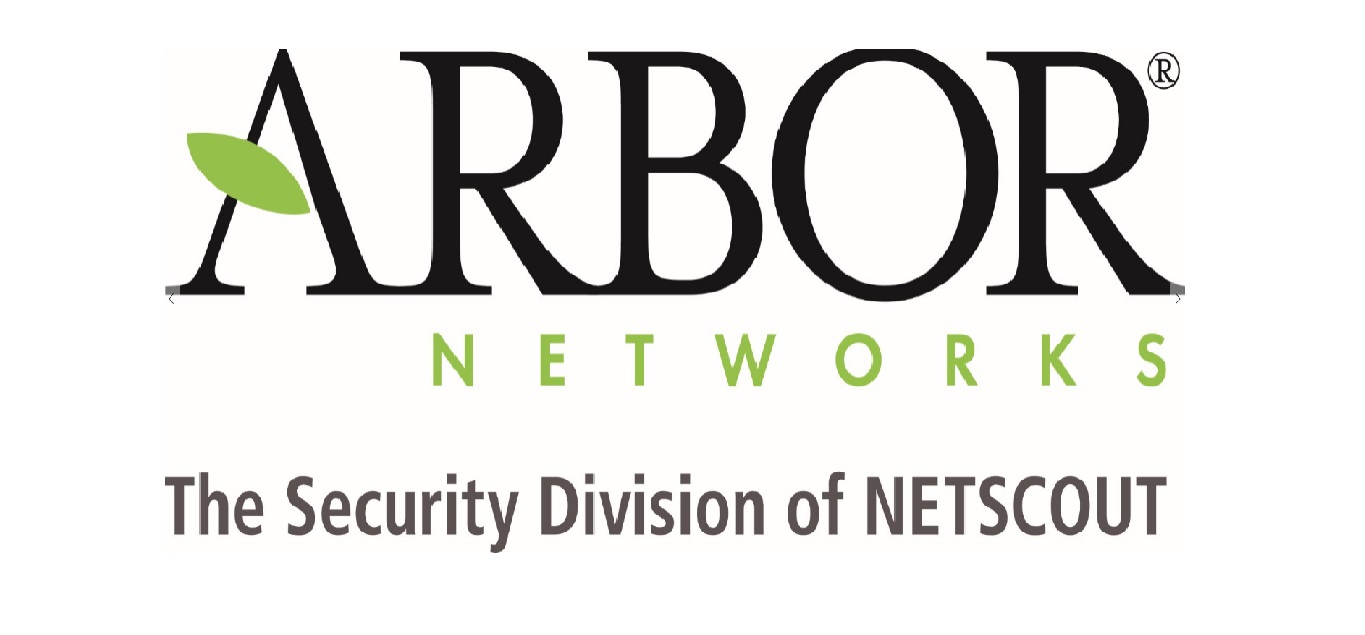Arbor Networks has announced several enhancements to its DDoS mitigation portfolio for enterprise and service provider networks that enable customers to better manage the increasing size and complexity of modern DDoS attacks.
“Innovation is the lifeblood of Arbor Networks and has been since our founding in 2000 following a DARPA grant. With Cloud Signalling, we’ve created a fast and automated way to connect the enterprise premise with the service provider cloud. This multi-layered approach championed by Arbor is today the de facto best practice for DDoS defence. We’re constantly evolving our defences to keep ahead of the attackers who rightly view availability as the lifeblood of the modern business,” says Eric Jackson, Vice President of Product Management at Arbor Networks.
Scaling mitigation capacity to meet DDoS attack growth
Driven by the use of reflection/amplification techniques, the size of DDoS attacks is growing at a phenomenal rate. According to Arbor’s annual worldwide infrastructure security report, 500Gbps was the largest attack reported by respondents in 2015, a 50X increase over the past decade. DDoS attacks today target not just connection bandwidth, but multiple devices that make up your existing security infrastructure, such as Firewall/IPS devices, as well as a wide variety of applications that the business relies on, like HTTP, HTTPS, VoIP, DNS and SMTP. At a time when businesses are more reliant than ever on the availability of websites, online services and applications, DDoS protection is a fundamental aspect of business continuity.
Arbor Networks TMS
A new high capacity solution, the Arbor TMS HD1000, is a 2U appliance capable of supporting up to 160Gbps of mitigation at the lowest cost per gigabit in the Arbor portfolio. The Arbor TMS HD1000 allows network operators to save finite mitigation capacity through IPv6 rate limiting and automatically offloading traffic to the network using BGP Blackhole mitigation methods.
Arbor also announced 100 Gigabit Ethernet support on the TMS 5000 mitigation platform. The broadly deployed TMS 5000 can now be used with up to four 100G Ethernet ports, resulting in more efficient connectivity for carrying mitigation and clean traffic compared to legacy 10G links.
Enhanced cloud signalling reduces time to mitigation
The on-premise Arbor APS 5.9 can initiate surgical mitigation in the cloud on traffic going to the target of ongoing attacks, with no impact to normal traffic for hosts or services that aren’t under active attack. This helps ensure the availability of websites, applications and infrastructure by reducing time-to-mitigation for DDoS attacks.
Even with the ability to automate surgical mitigation in the cloud, customers do not want to be left in the dark about attacks against, or responses protecting, their networks. Arbor customers see the active mitigation status in the user interface delivering real-time intelligence, as well as granular post-mortem reports with details of the attack and the steps taken to mitigate the attack. These reports can be generated for all traffic seen by an Arbor APS or for specific protection groups to provide a service-level view to service owners within the enterprise.
NSS Labs on-premise DDoS test
The Arbor Networks APS on-premise solution earned a “Recommended” rating and the highest overall security effectiveness score in the first ever NSS Labs’ DDoS Prevention Test Report released in March.
The scope of this particular test includes: security effectiveness, performance, stability and reliability and total cost of ownership.
Highlights from Arbor Networks APS Test Report include:
- An even 100% score for application-layer attacks versus 80% group average: Across HTTP Get Flood; RUDY (Low and Slow); LOIC; NTP Reflection; 10G DNS Reflection and SIP Invite Flood attacks.
- Almost 90% score for overall attack mitigation: Across Volumetric, Protocol and Application-layer DDoS attacks.
- Real-world mitigation test: Performed at 20Gbps, as claimed, for “Real-World” Protocol Mix (Data Center – Financial; Data Center – Mobile Users and Applications; Data Center – Web Based Applications and Services and Protocol Internet Service Provider (ISP) Mix).


